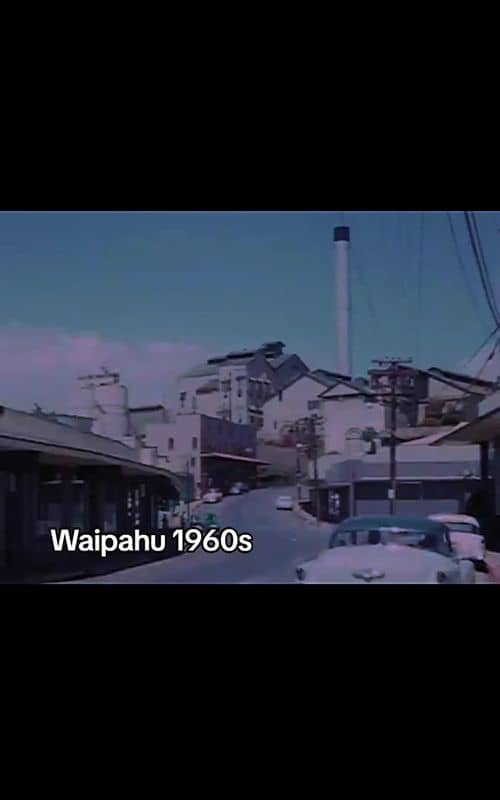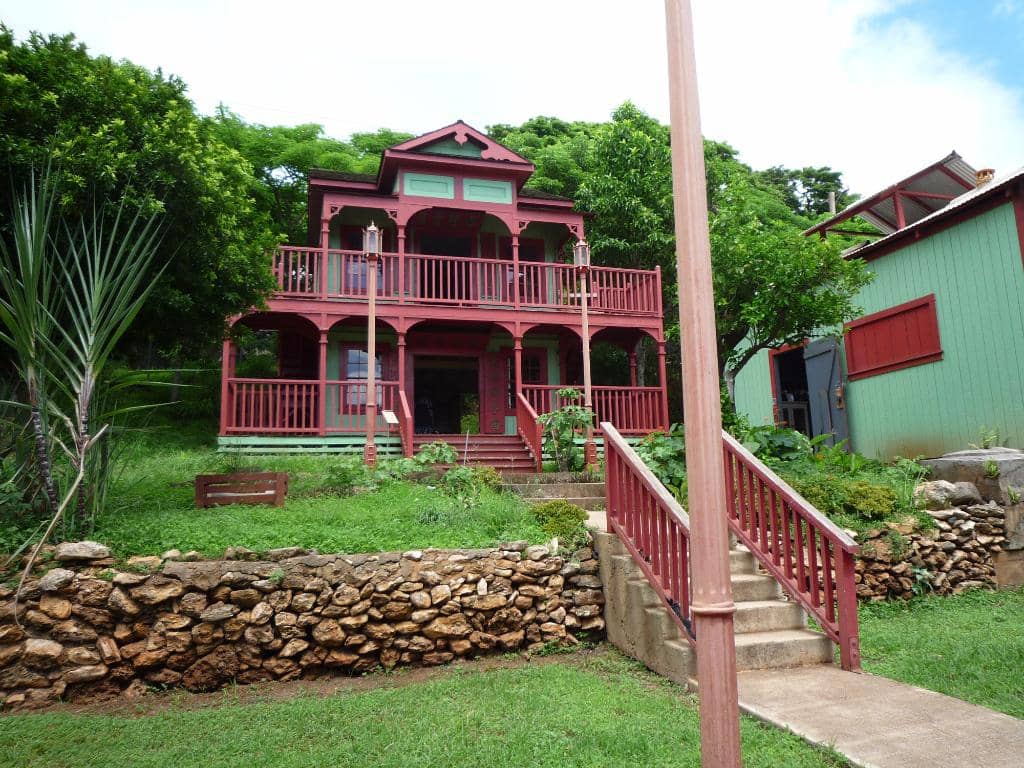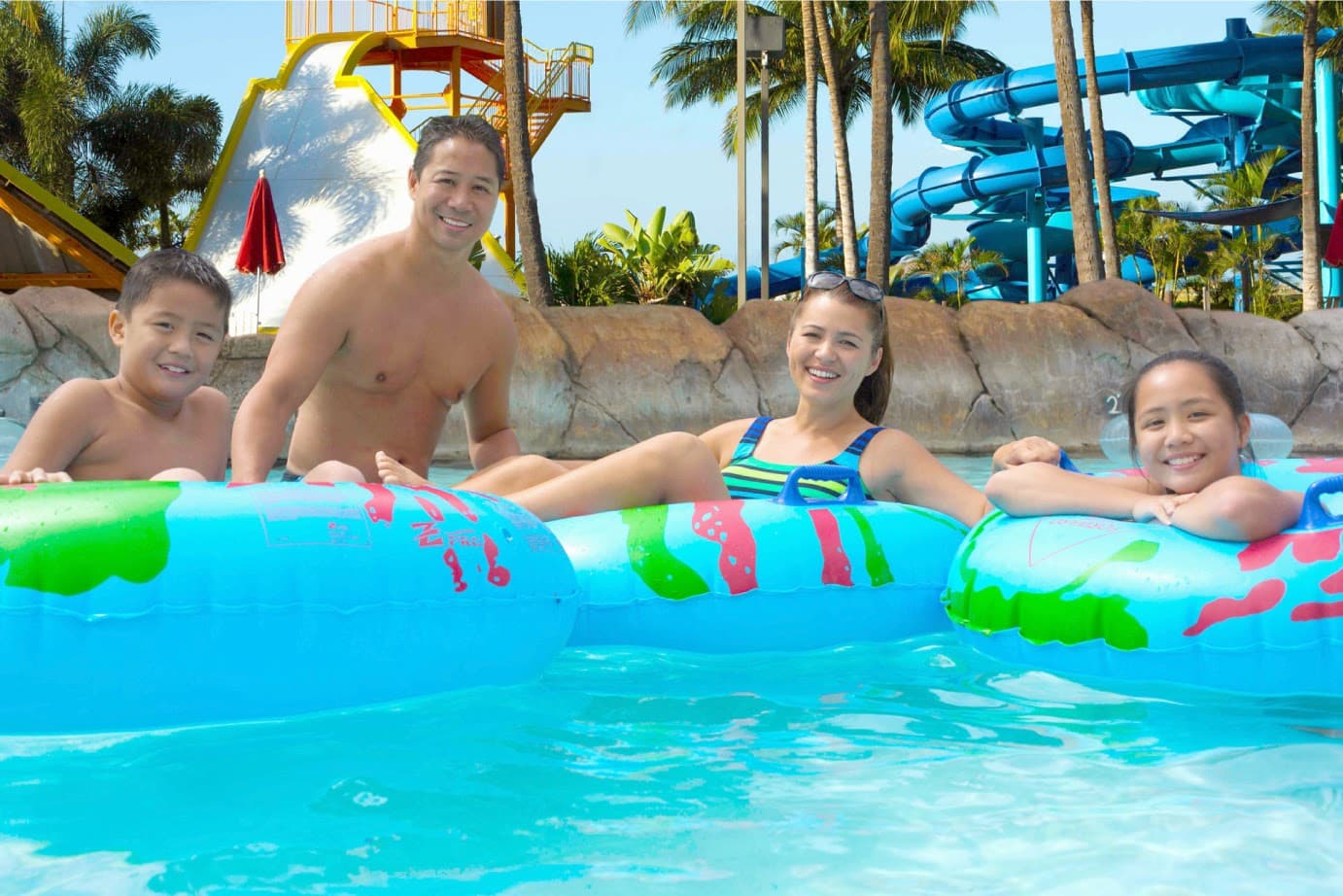
Hawaii's Plantation Village
Explore 25 re-created buildings of a 1900s sugar plantation, showcasing the diverse immigrant cultures that shaped Hawaii.

Highlights
Must-see attractions

Social
From TikTok & Reddit
Best Time
Fewer crowds, more peaceful exploration

Hawaii's Plantation Village
Best Time
Fewer crowds, more peaceful exploration

Highlights
Must-see attractions
Explore 25 re-created buildings of a 1900s sugar plantation, showcasing the diverse immigrant cultures that shaped Hawaii.
"A must-visit for history buffs, offering an immersive journey into Hawaii's plantation past."

🎯 Guided Tour Recommended
Opt for a guided tour to gain deep insights into Hawaii's plantation history from local experts.
👟 Comfortable Shoes Essential
You'll be doing a lot of walking on the grounds, so wear comfortable shoes. [:athletic_shoe:]

Highlights
Discover the most iconic attractions and experiences

Historic Plantation Homes
Various locations throughout the village
Step back in time by exploring authentic, re-created homes of plantation workers from diverse ethnic backgrounds.

Cultural Festivals
Village grounds
Experience vibrant celebrations like the Bon Dance and Portuguese Festa, showcasing Hawaii's rich multicultural heritage.

Informative Museum
Main museum building
Discover temporary exhibits and artifacts detailing the lives and contributions of immigrants to Hawaii.
Plans like a pro.
Thinks like you
Planning Your Visit
Timing is Everything
Embrace the History
Best Times
Insider Tips
from TikTok, Instagram & Reddit
🎯 Guided Tour Recommended
Opt for a guided tour to gain deep insights into Hawaii's plantation history from local experts.
👟 Comfortable Shoes Essential
You'll be doing a lot of walking on the grounds, so wear comfortable shoes. [:athletic_shoe:]
📅 Check Event Schedule
Visit during cultural festivals like Bon Dance or Portuguese Festa for a lively experience.
⏰ Allow Ample Time
Plan for at least an hour to explore the 25 buildings and gardens.
Tips
from all over the internet
🎯 Guided Tour Recommended
Opt for a guided tour to gain deep insights into Hawaii's plantation history from local experts.
👟 Comfortable Shoes Essential
You'll be doing a lot of walking on the grounds, so wear comfortable shoes. [:athletic_shoe:]
📅 Check Event Schedule
Visit during cultural festivals like Bon Dance or Portuguese Festa for a lively experience.
⏰ Allow Ample Time
Plan for at least an hour to explore the 25 buildings and gardens.
📚 Use the Information Binder
Self-guided visitors can use the detailed binder provided for in-depth information on each building.
What Travellers Say
Reviews Summary
Visitors consistently praise Hawaii's Plantation Village as a fascinating historical site offering a deep dive into the lives of plantation workers. The guided tours are frequently highlighted as exceptional, with knowledgeable docents bringing the past to life. While the museum itself is described as rudimentary, the overall experience of exploring the re-created homes and grounds is highly recommended for its educational value and immersive atmosphere.
"This was a wonderful historical spot to visit! If you enjoy history and want to learn more about Hawaii’s plantation history, be sure to stop by. I came here with my husband and my parents and we all really enjoyed it.
We had the guided tour with the sweetest older man. I forget his name, but he’s a very patient, knowledgeable veteran who gave the best tour. It was $11 for seniors and $17 for adults. Well worth it!
The premises also house sugar canes, a pond, and one of the workers spotted an endangered bird who was watching us. We had a wonderful time here. The tour lasts about and hour or more depending on how many questions you have. We got to look and step inside real homes houses with artifacts through time. It was a great way to feel like you were time traveling and seeing the progression of how immigrants lived and were treated.
There is also a gift shop filled with beautiful local artists work."
Vanessa C
"We visited the Plantation Village for the Harvest Moon Festival, being kindly granted free admission on this day. Though we arrived pretty late and missed the activities, we were still able to enjoy some of the food. I really appreciated the various historical buildings that the Village has, despite not being able to go through all of them due to the timing of my arrival. There was a kind old man playing a traditional Okinawan instrument who told us about the similarities shares by the histories of Hawai’i and Okinawa.
The site’s museum is pretty rudimentary, but it is informative and interesting. I appreciated its temporary exhibit on Okinawan immigrants to Hawaii."
Brennan O
"Super awesome tour from fantastic tour guides. Travelled from the mainland and wanted to learn more about my family’s culture and history. Highly recommend others to take the time to visit and learn about the rich culture Hawaii has to offer 🤙🏽🌺❤️"
Emma
What People Like
What People Dislike
Frequently Asked Questions
🚇 🗺️ Getting There
Hawaii's Plantation Village is located in Waipahu, Oahu. It's accessible by car, and parking is available on-site. Public transportation options may also be available; it's advisable to check local transit schedules for the most up-to-date information.
Yes, Hawaii's Plantation Village is located on the island of Oahu, a reasonable drive from Honolulu. The travel time can vary depending on traffic conditions, but it's a popular day trip destination for those staying in the city.
Renting a car offers the most flexibility for exploring Oahu and reaching Hawaii's Plantation Village. Ride-sharing services are also an option, and local bus routes can be a budget-friendly alternative.
From Honolulu, take the H-1 West freeway towards Waipahu. Take the Waipahu exit and follow signs for Hawaii's Plantation Village. It's a straightforward drive, but always good to have GPS handy.
Yes, parking is generally available at Hawaii's Plantation Village. It's a good idea to arrive a bit earlier if you're visiting during a special event, as parking lots can fill up.
🎫 🎫 Tickets & Entry
Admission prices typically range from $11 for Kama'āina (local residents) and military personnel to $17 for adults. Senior and child rates may also be available. It's always best to check their official website for the most current pricing.
While advance booking might not always be mandatory, it's recommended, especially if you plan to visit during peak season or special events. This can help secure your spot and potentially save time.
Opening hours can vary, but typically the village is open from 9:00 AM. Guided tours often start at specific times like 10:00 AM and 12:00 PM. Always confirm the latest hours on their official website before your visit.
Yes, discounts are often available for Kama'āina (local residents) and military personnel. Check their website or inquire at the entrance for any other potential discounts.
Yes, self-guided tours are available. You can explore the village at your own pace and use the provided information binders to learn about each building.
🎫 🧭 Onsite Experience
You can explore 25 re-created historical buildings, including homes, shops, and churches, offering a glimpse into plantation life. Guided tours are highly recommended for in-depth historical context.
A visit usually takes about 1 to 2 hours, depending on whether you opt for a guided tour and how much time you spend exploring each building and the gardens.
Yes, guided tours are a highlight, offering valuable historical insights from knowledgeable docents. They are highly recommended for a richer understanding of the village's history.
The village focuses on the diverse ethnic groups that worked on Hawaii's sugar plantations, showcasing their homes, cultural practices, and the evolution of life during that era.
Yes, it's a great educational experience for families. Children can learn about history in an engaging, outdoor setting. Consider a guided tour to keep younger visitors interested.
📸 📸 Photography
Yes, photography is generally allowed and encouraged. It's a picturesque location with historical buildings and gardens, perfect for capturing memories.
The historic homes, lush gardens, and any cultural displays or events offer fantastic photo opportunities. The architecture and natural beauty provide a charming backdrop.
While general photography is permitted, it's always wise to be respectful of the historical structures and any ongoing events or private tours. Avoid intrusive flash photography in enclosed spaces if it might disturb others.
Drone usage policies can vary. It's best to contact the village administration directly to inquire about their specific regulations regarding drone photography before your visit.
Many visitors enjoy capturing the historical architecture, the vibrant cultural festivals, and the serene garden settings. Portrait photography against the historical backdrops is also popular.
For Different Travelers
Tailored advice for your travel style
👨👩👧 Families with Kids
Consider visiting during one of the cultural festivals, as these events often have activities or performances that appeal to children. It's a chance for the whole family to learn about the diverse cultures that shaped Hawaii in a memorable way. Pack snacks and water, and ensure everyone wears comfortable shoes for exploring the grounds.
🏛️ History Buffs & Cultural Enthusiasts
Don't miss the opportunity to engage with the knowledgeable docents who are eager to share their expertise. The temporary exhibits, like the one on Okinawan immigrants, provide further depth. This is a place where you can truly immerse yourself in the stories that shaped modern Hawaii.
📸 Photographers & Content Creators
From the intricate details of the buildings to the lively scenes during festivals like the Bon Dance, there are endless opportunities for stunning shots. Be sure to check the village's event schedule to capture some of the most visually dynamic moments.
Deep Dives
In-depth insights and expert knowledge
A Journey Through Plantation History
The village offers a unique opportunity to learn about the complex social and economic history of Hawaii. Through guided tours and informative exhibits, you can understand the challenges and contributions of these diverse communities in shaping the islands' culture. The museum also hosts temporary exhibits that delve deeper into specific aspects of immigrant history, such as the Okinawan exhibit mentioned by visitors.
Beyond the buildings, the grounds themselves are a part of the experience, with sugarcane fields and gardens that evoke the plantation era. It's a place that encourages reflection on Hawaii's past and its multicultural present, making it a valuable stop for anyone interested in the islands' heritage.
Experiencing Cultural Celebrations
Popular events include the Bon Dance, a Japanese tradition that brings the community together for dancing and festivities, and the Portuguese Festa, celebrating Portuguese culture with food and performances. The Sakada Day Celebration honors Filipino heritage, offering a glimpse into the significant role Filipinos played in the plantations.
Attending these festivals provides a lively and immersive experience, allowing visitors to connect with the living traditions of Hawaii. It's a chance to see the community come alive and celebrate the rich tapestry of cultures that define the islands. Be sure to check the village's event calendar to plan your visit around these special occasions.





Social
from TikTok, Instagram & Reddit